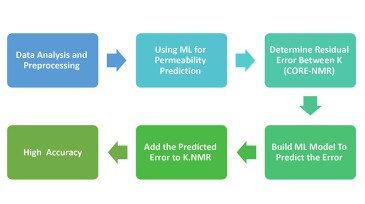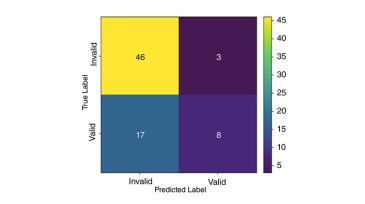Unconventional/complex reservoirs
Operators are turning to new gas-lift and nanoparticle-fluid technologies to drive up production rates.
The authors of this paper apply a deep-learning model for multivariate forecasting of oil production and carbon-dioxide-sequestration efficiency across a range of water-alternating-gas scenarios using field data from six legacy carbon-dioxide enhanced-oil-recovery projects.
The $1.3-billion deal targets DJ Basin assets producing 35,000 BOEPD, and Japex aims to increase that output to 50,000 BOEPD around 2030.
-
The US supermajor is using one of its lowest-value hydrocarbon products to generate double-digit production increases in its most prolific US asset.
-
The transaction adds 267,000 net acres and nearly 140,000 BOE/D from Vital Energy, lifting Crescent into the top 10 largest US independents.
-
The latest acquisition strengthens Cenovus Energy’s position as Canada’s largest SAGD producer.
-
The collaboration has announced Closed Loop Fracturing, which combines real-time subsurface data with automated surface control.
-
Shale’s slowdown leaves room for OPEC+ gains as tensions rise between the US and India over Russian oil imports.
-
This study integrates physics-based constraints into machine-learning models, thereby improving their predictive accuracy and robustness.
-
This paper introduces a machine-learning approach that integrates well-logging data to enhance depth selection, thereby increasing the likelihood of obtaining accurate and valuable formation-pressure results.
-
This study explores enhancing gas production through a novel combination of prestimulation using a coiled tubing unit and high-rate matrix acidizing.
-
Bad vibes are being addressed by contractors as operators push to go faster, deeper, and longer with unconventional wells.
-
The latest merger and acquisition report from Enverus Intelligence Research shows deal value fell 21% quarter over quarter.













